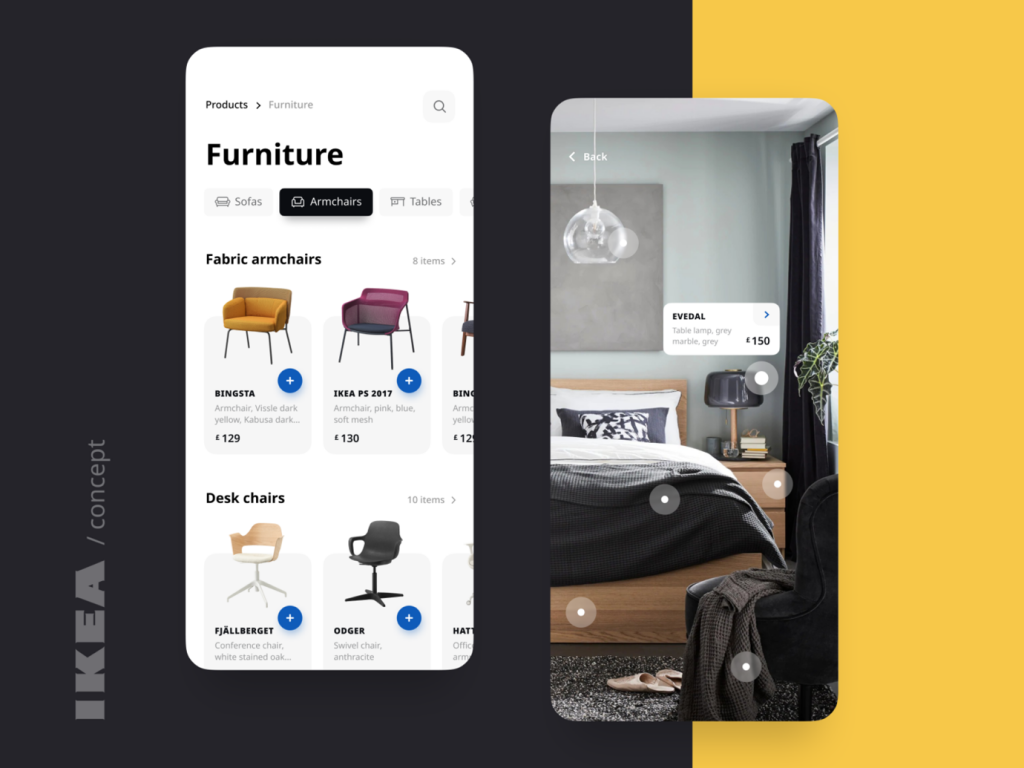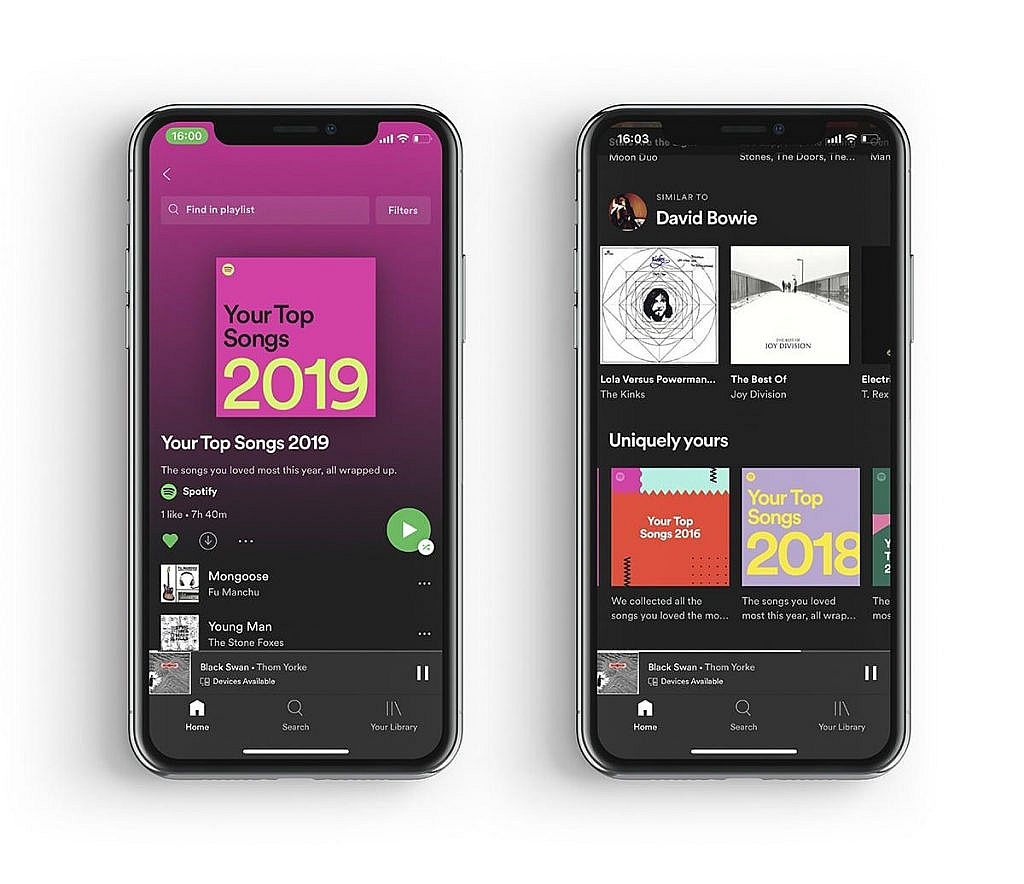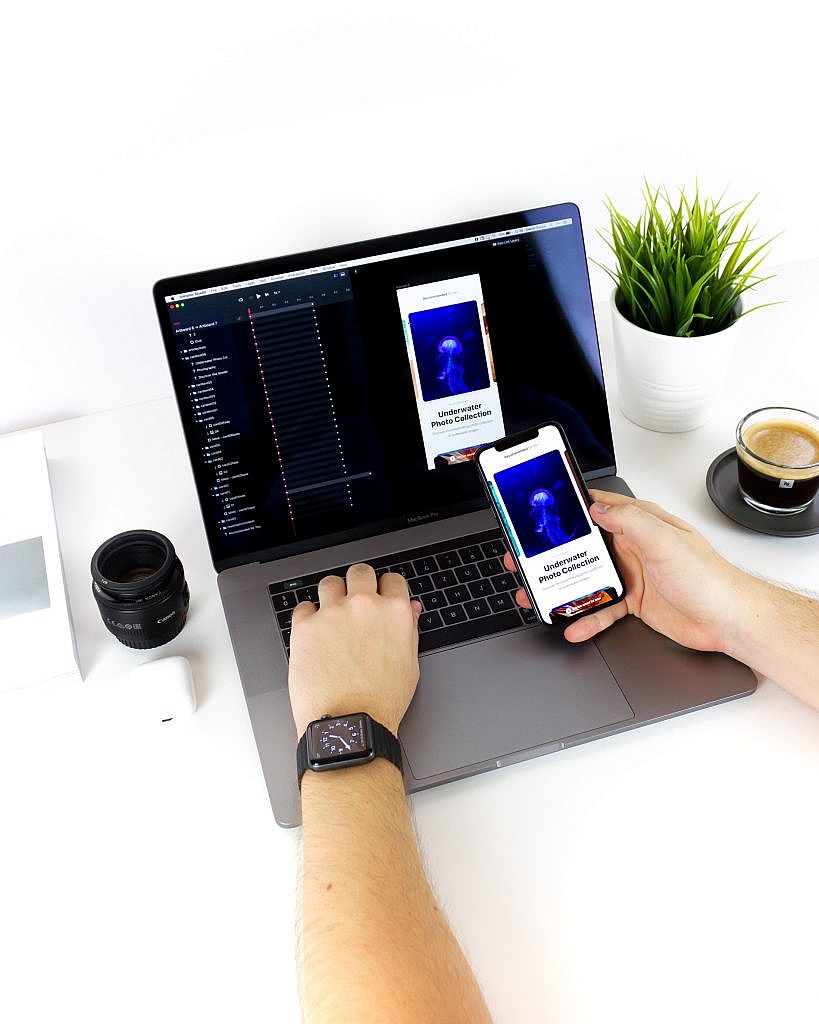5 Refreshing Mobile app design practices you shouldn’t miss out on in 2020
Want to create an amazing yet one-of-a-kind mobile application that grabs users’ attention? If yes, then you’re at the right place to question “HOW.” Discover some refreshing mobile app design practices that will surely help you to reap millions of downloads and skyrocket your sales funnel in 2020
What are the essential mobile app design practices to follow in 2020? Well, the final look of any product depends heavily on aspects like technology, the trendsetter in a particular industry, project requirements, business and user needs, and much more. It means predicting what will generally dominate each sector is not so easy as it seems since each business has its own set of rules.
Let’s take the example of Uber. It was one of the most dominant and early-adopter companies to embrace the public transport, cargo, and taxi-hailing service market. Soon, the other applications copied this solution. Trends and designs may vary depending upon the industry. It is worth following the larger companies because they often act as a trendsetter and dictate how the particular design and features will look.
This article will give you an overview of what mobile app design practices should be followed in 2020 and how future apps would look like. Maybe these design practices may help your app to become a trendsetter in this highly disrupting app market.
Why Mobile App Design Trends/Practices Are Essential?
Considering how jam-packed the app stores have become, it is quite challenging to build an app that effectively grabs the user’s attention. You don’t need to be a simplified interface; instead, you need to create something that’s not difficult to use, striking the right balance between design and usability in a positive way.
To maximize the benefits, it is essential to incorporate the latest technology in your UI/UX design practices. The system-centric app design has shifter to be human-centric. How well your app pleases and comforts consumers has become the primary agenda for app success regardless of how well it is built and the features it offers.
So, what are the best mobile app design practices to be followed in 2020 and onwards? Let’s get started.
Mobile App Design Practices You Can’t Afford to Miss Out In 2020
1. Dynamic and Functional Animations
Dynamic and functional animations play a crucial role in personalizing the user experience. It makes the conversation a two-sided affair and keeps the user engaged in the experience. Several ecommerce sites like Amazon have started adopting this animation by incorporating a 360-degree view of the products.

Even small and minor animation like icon popup upon a single tap or change in the title size while scrolling can improve user interaction and experience. Another trend that’s picking the pace in app design is personalized animation. Having mobile elements that behave exactly like your interaction is fantastic. The modern analytical algorithm also supports such personalized mobile elements.
2. Virtual Reality & Augmented Reality
AR and VR technologies are among the most current product design trends that are highly incorporated in mobile apps, especially in sectors like E-commerce, real estate, etc.

Let’s take an example of IKEA – one of the best smart home solutions that combine the latest AR technology to experience the specially curated collection within a tap. It allows users to visualize how a real place would look like their products and compels them to purchase the products.
Snapchat is such another example that emphasizes social distancing by introducing an AR-powered lens that allows users to measure 6 feet distance in a real-time scenario.
3. Voice Technology
Voice interfaces have already entered its footsteps in ecommerce and streaming services such as Netflix, Amazon Prime, and much more. There are currently multiple voice control technologies available, such as Amazon Echo, Siri, and Google Assistant, to name a few.
Voice technology has made accessibility to the technology quite handy. It has allowed us to control our interfaces while multitasking, whether it’s cooking, walking, or driving.
Let’s take the example of Google Maps.

Google Maps allow free-hand control of the app. It let users allow using voice commands to drive safely while hitting the road. Users can make commands such as: “when’s my next turn?”, “How’s the traffic to office?”, “nearby Gas Station,” etc.
4. Reasonable Personalization
Personalization has become the critical factor of enterprises in various sectors. More than 90% of the top mobile app development companies and industries believe that providing highly personalized services is the topmost priority to engage your app in their lifestyle.

Let’s take an example of Spotify. The app is preparing personalized listings like Top songs 2018, Weekly mashup, Discover Weekly, Top 10 most listened to songs global, etc. The app allows discovering the new brands based on your song selection. The more users have a content based on their taste, the more likely they’re to associate your product with their lifestyle.
5. IoT and adaptable interfaces to different devices
The internet of things is a network of connected devices that exchange and interact information with each other. With the increasing popularity and the more diverse use cases, it will surely be one of the top trends in mobile app designs in 2020.

Let’s take the example of Apple. Its universal clipboard functionality shows how easy and comfortable it can be to use different devices through a shared, connected software. With Apple products, there is a singular environment shared across multiple devices, be its smartwatches, MacBooks, iPhones, or iPads.
These trends are expected to increase in almost every field and domain, giving you endless possibilities such as analysis, prediction, real-time communication, and responses. If your offline product isn’t compatible with any online technology, it’s high time to get started.
Key Takeaways of Mobile App Design Trends 2020
- Focus on real user demands and deliver problem-oriented solutions.
- Please pay close attention to the user experience since it can make or break the product.
- Incorporating AI will uplift your application to the next level and leverage unique functionalities in real-time scenarios.
- Dynamic and functional animations are the future. The smoother your interface, the more users are about to remain hooked with the app.
- Focus more on app personalization.
We hope that our list of mobile app design trends in 2020 will help you build a top-notch app product that your users would love to use.
Did we miss out on anything? Do you have something more valuable to share? We’d love to hear back more on design trends. Do let us know in the comments section below.
Photo by Daniel Korpai on Unsplash
